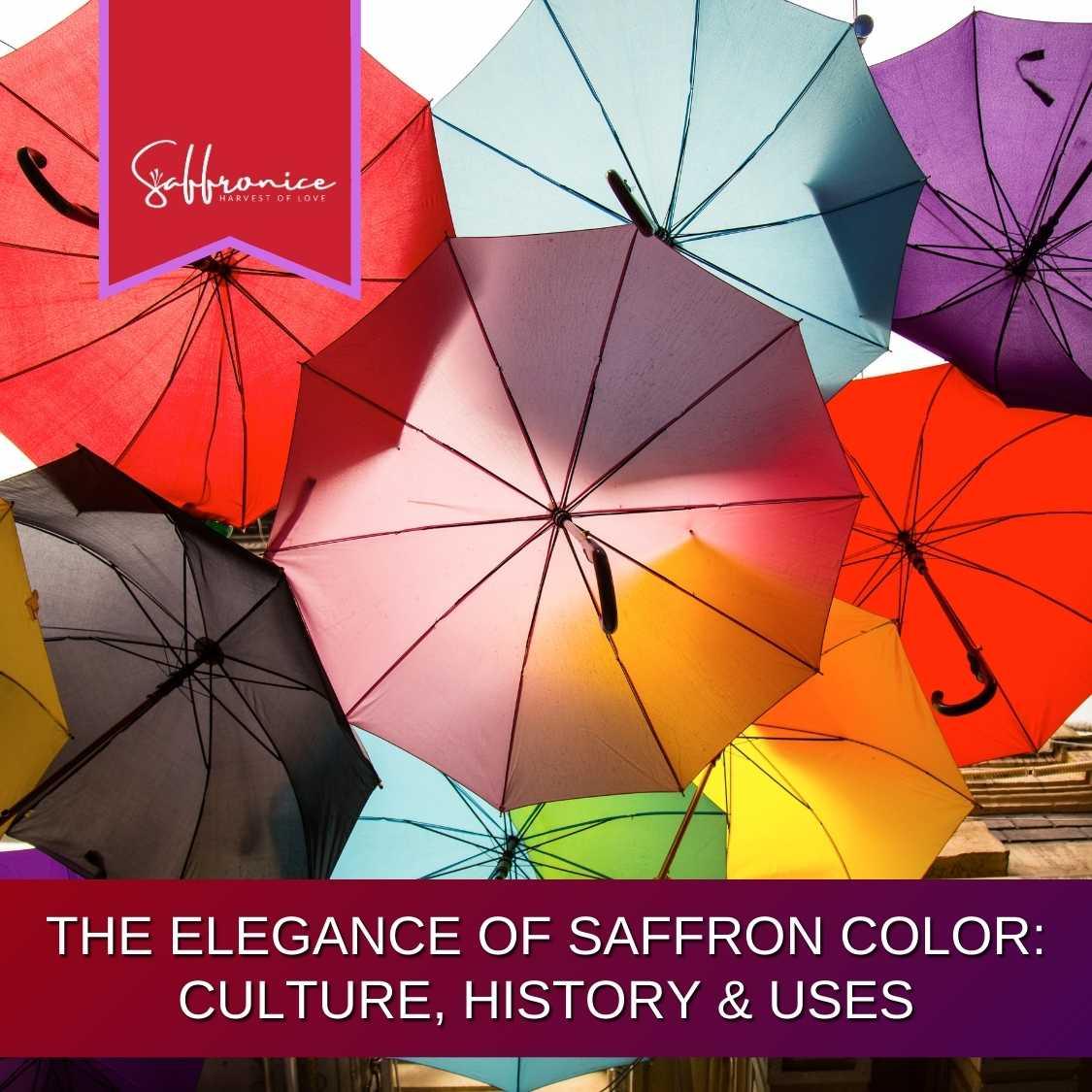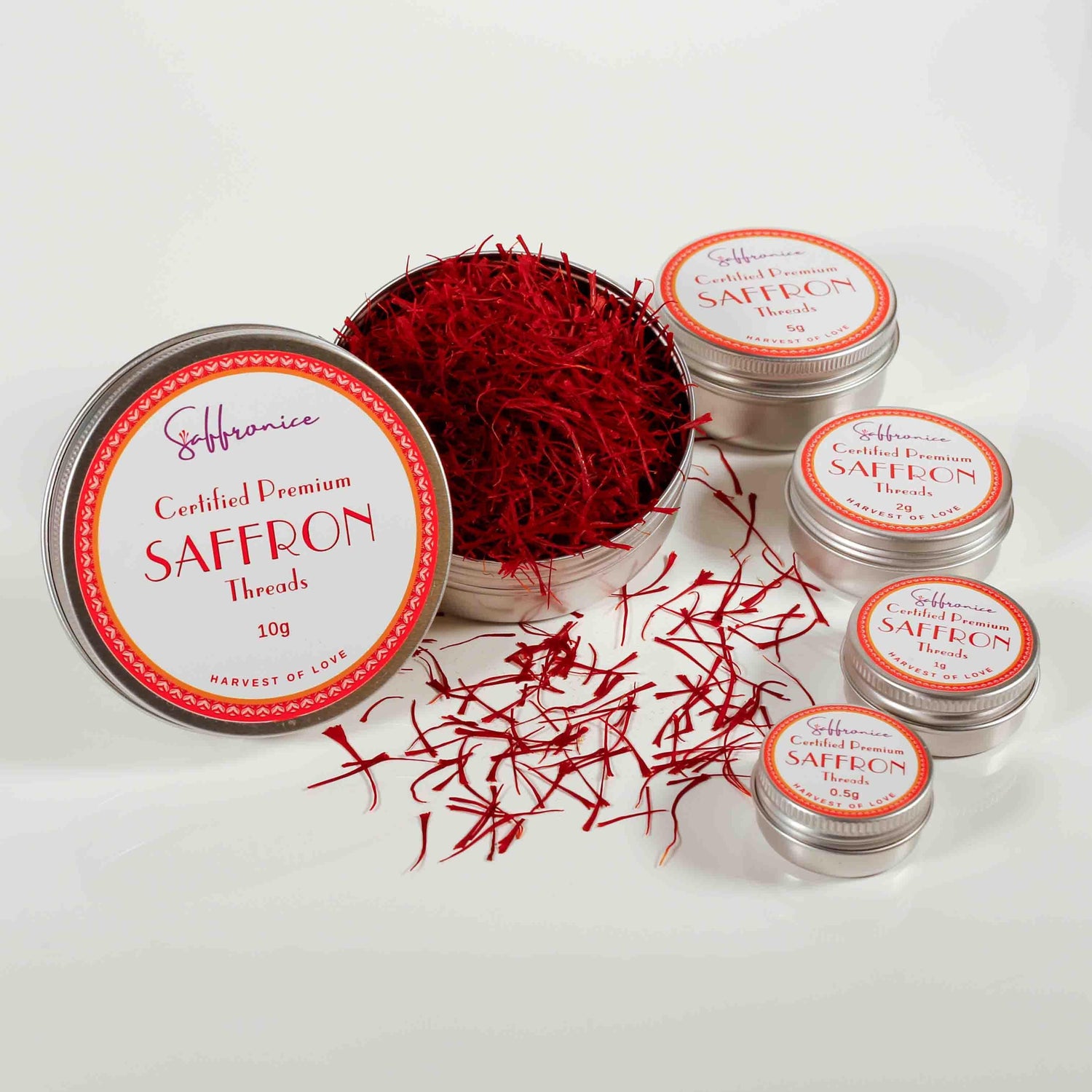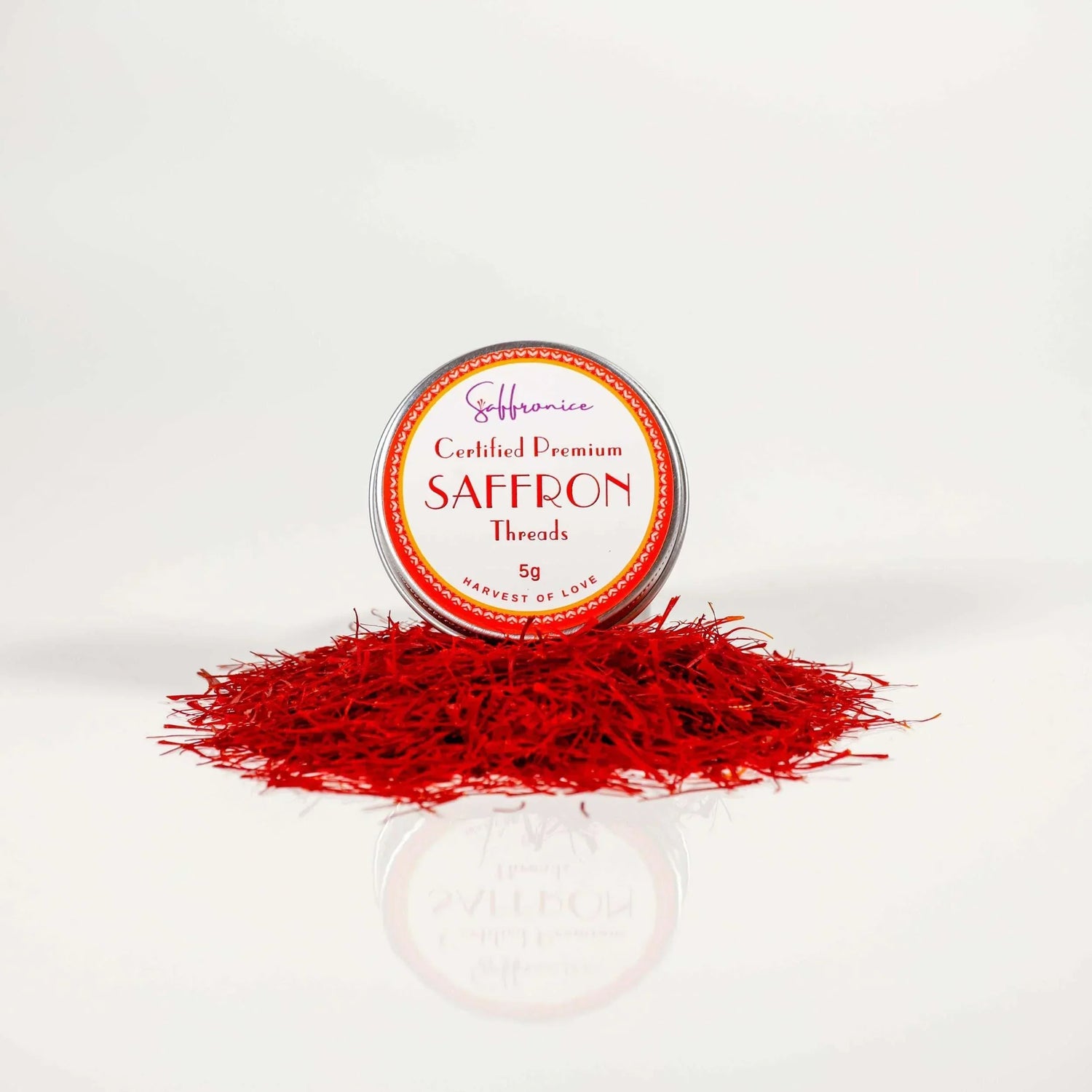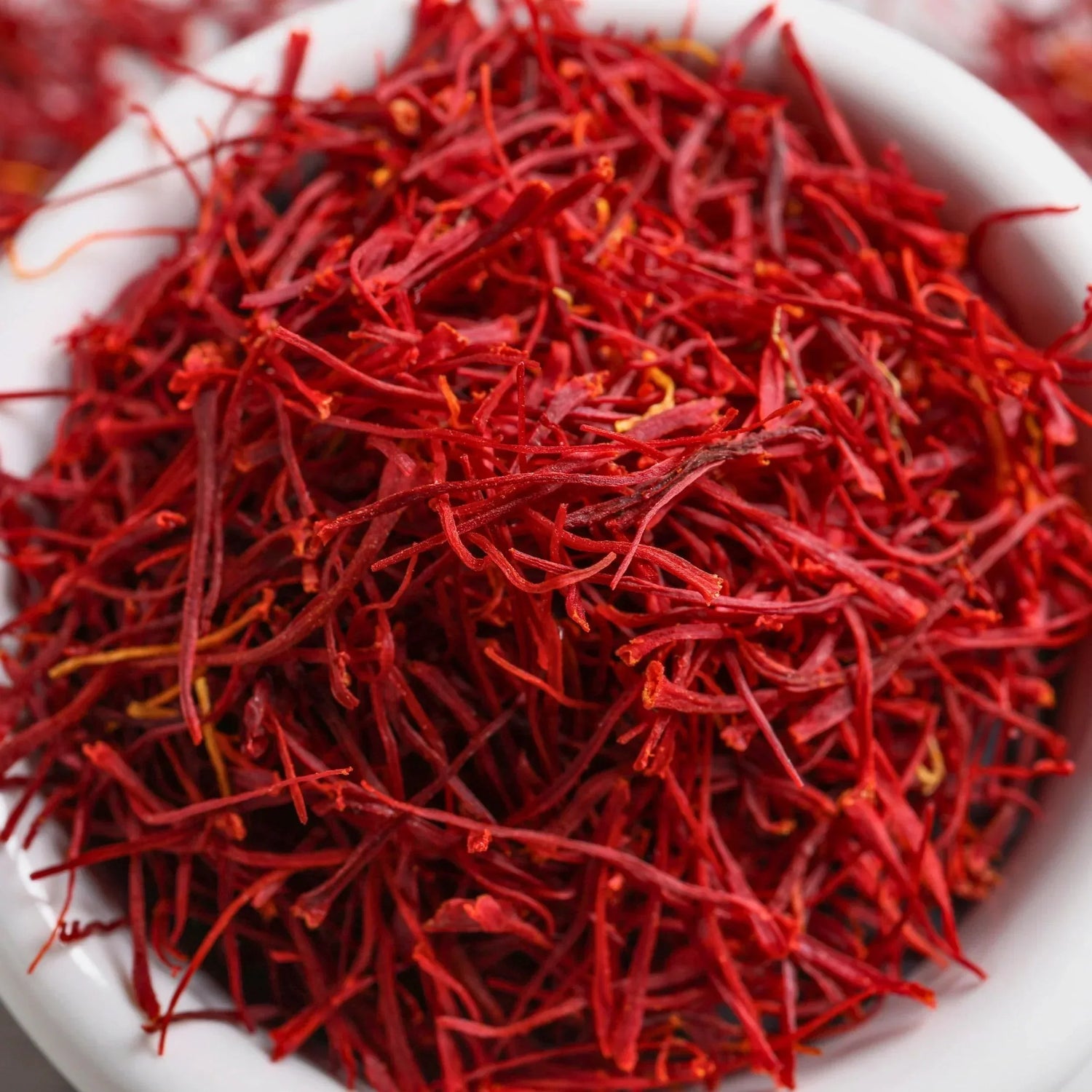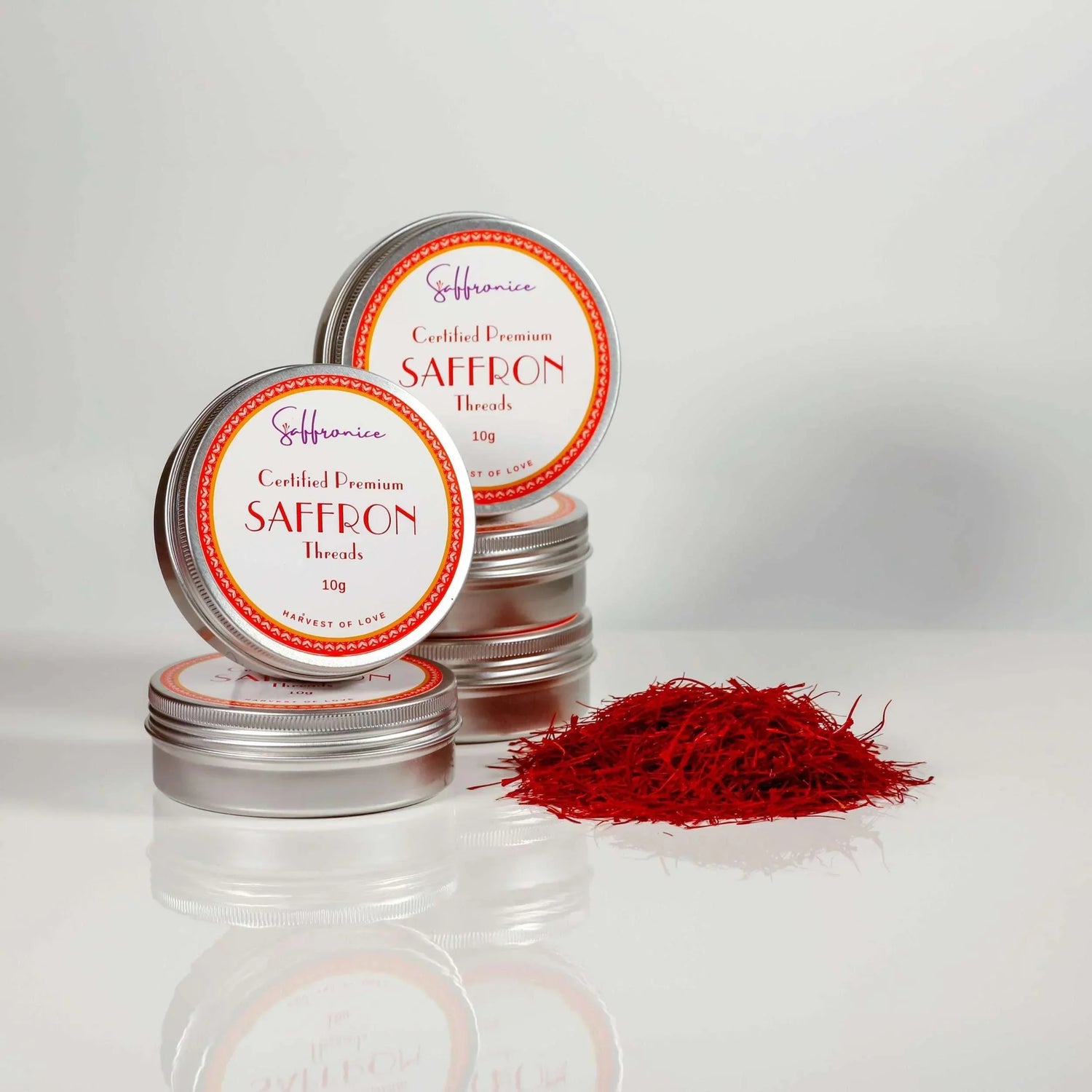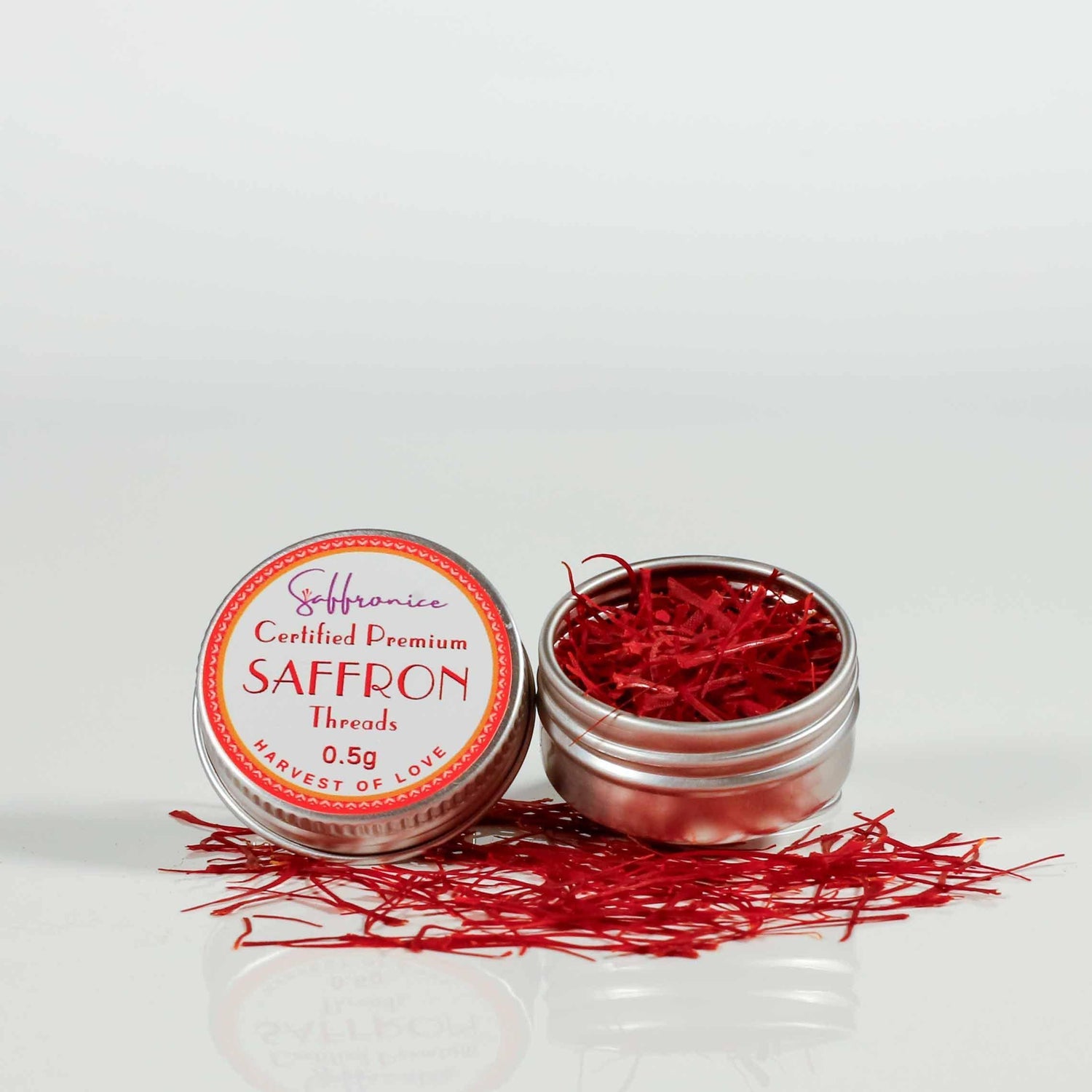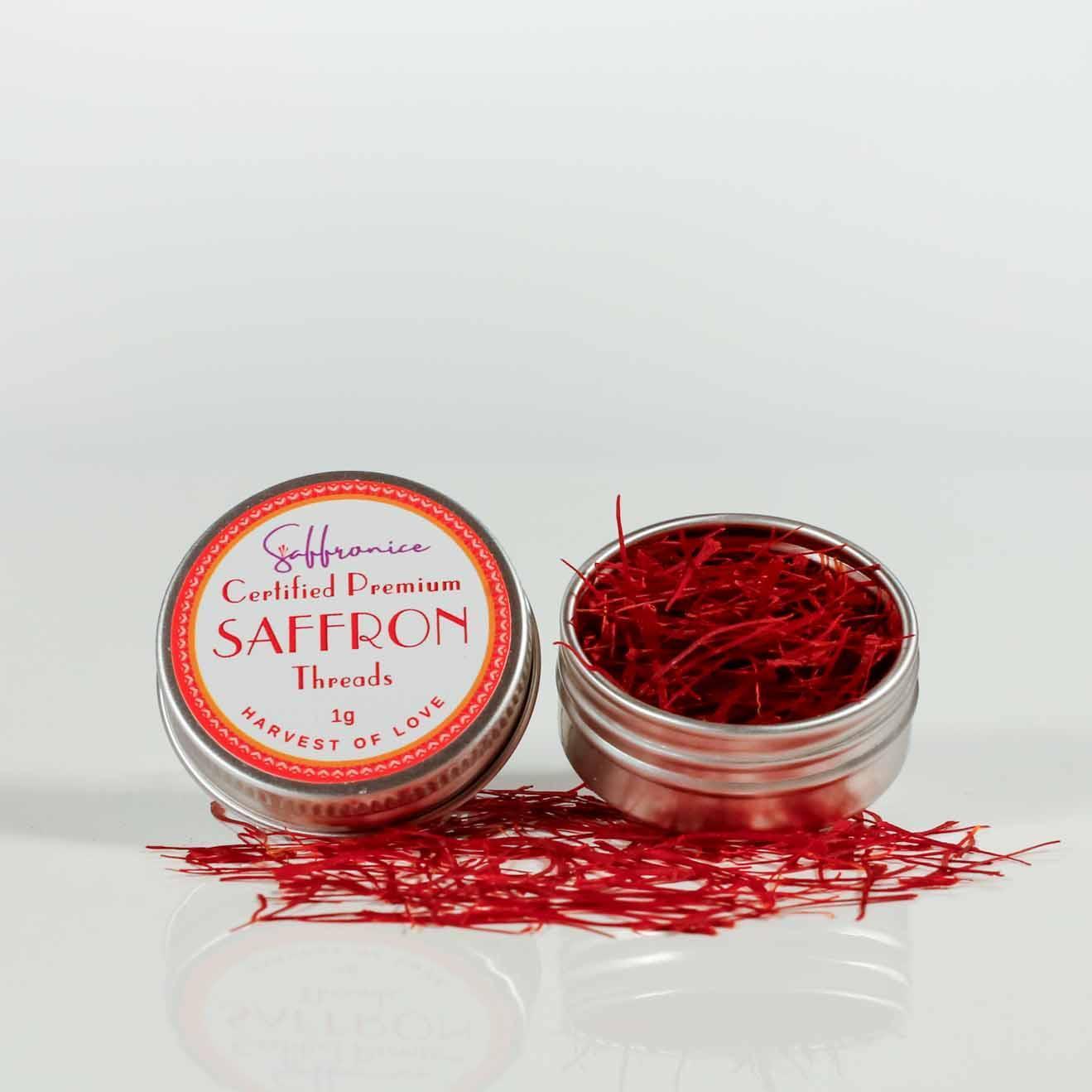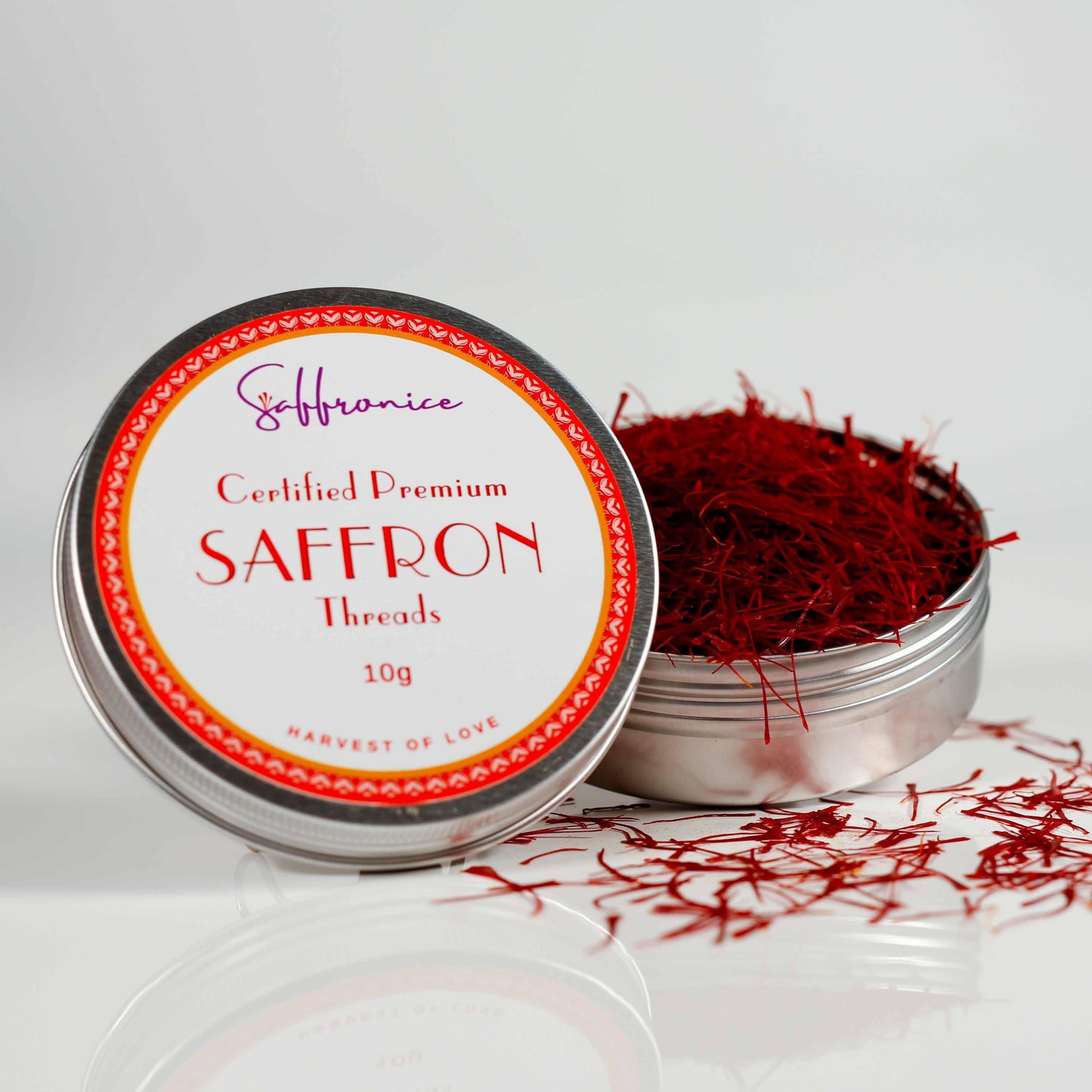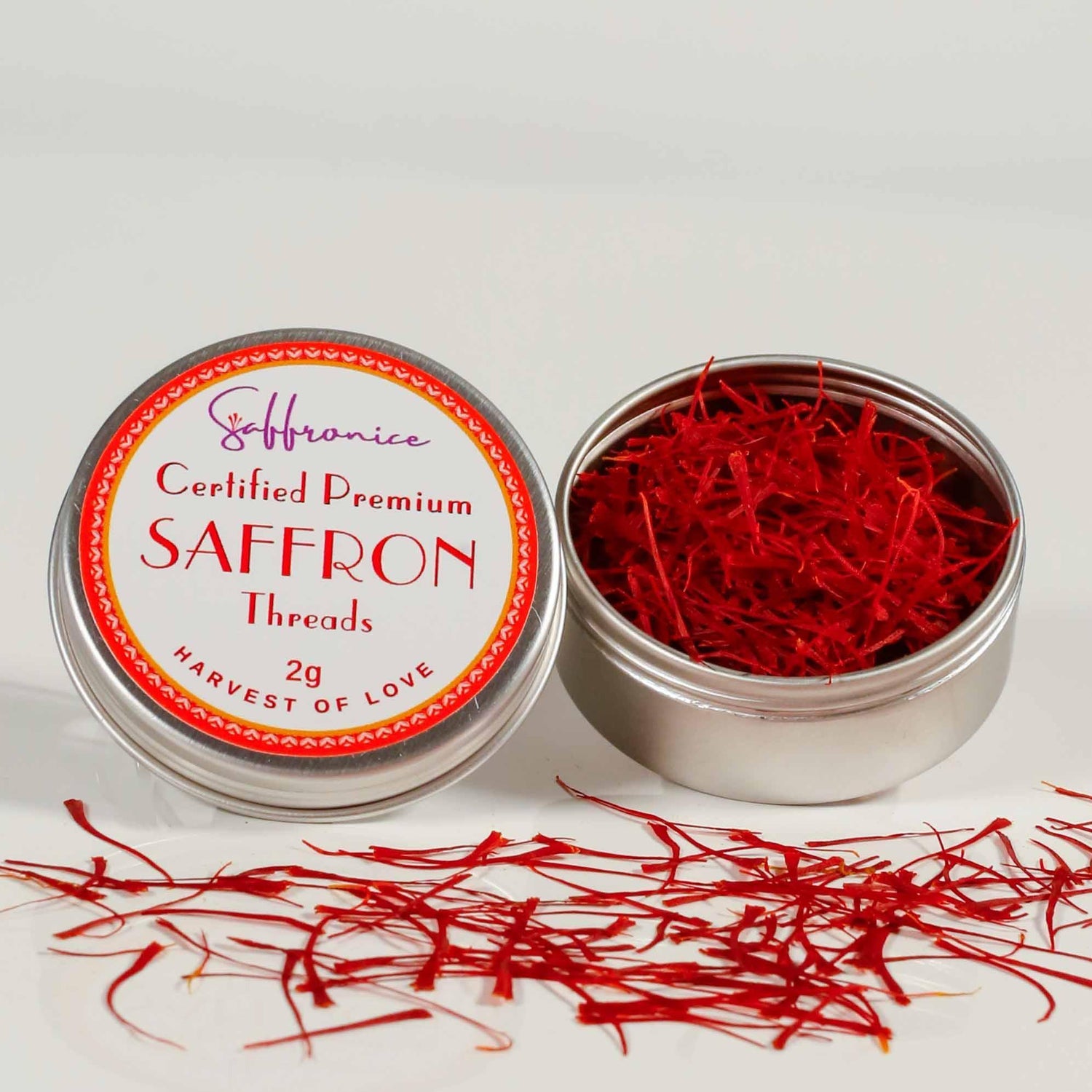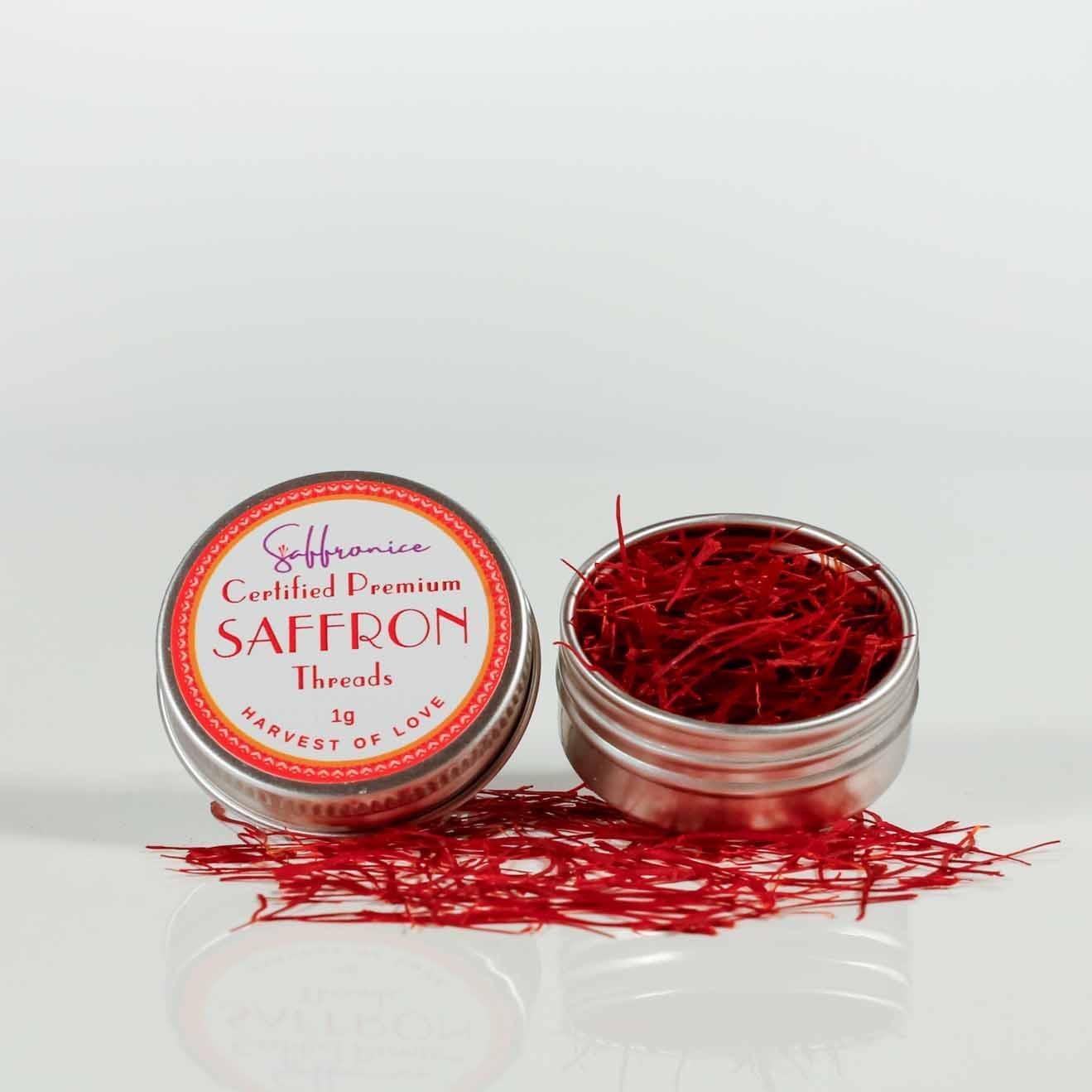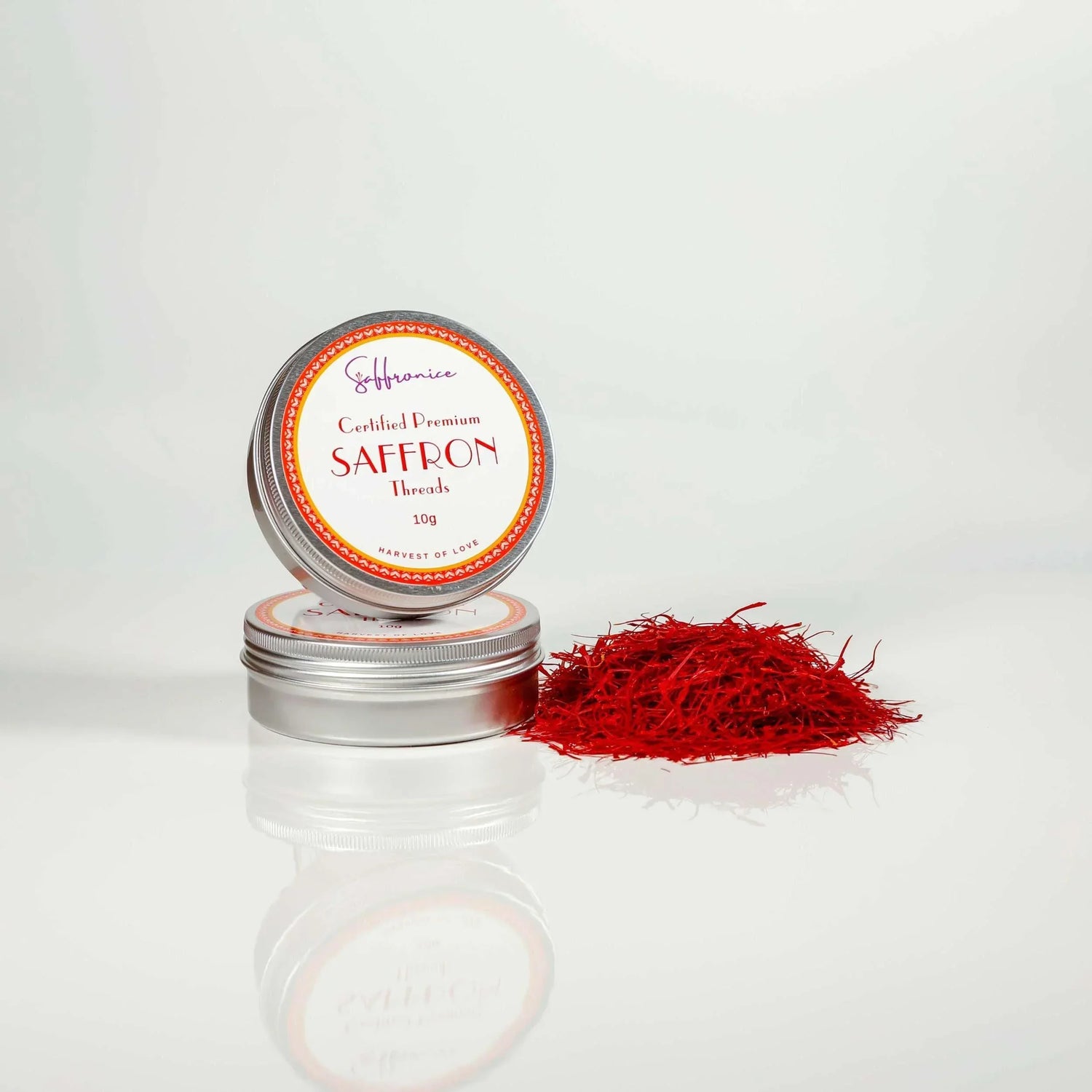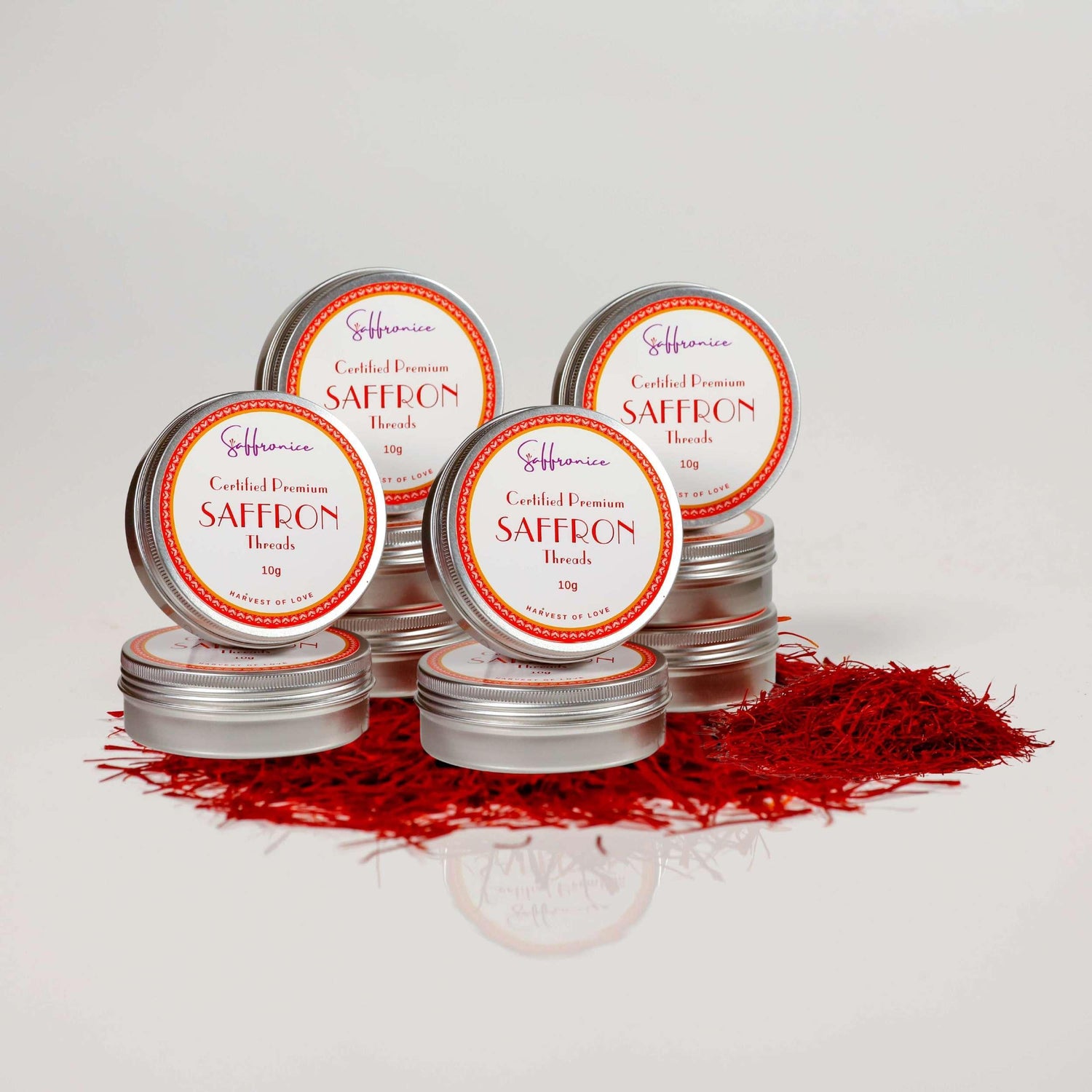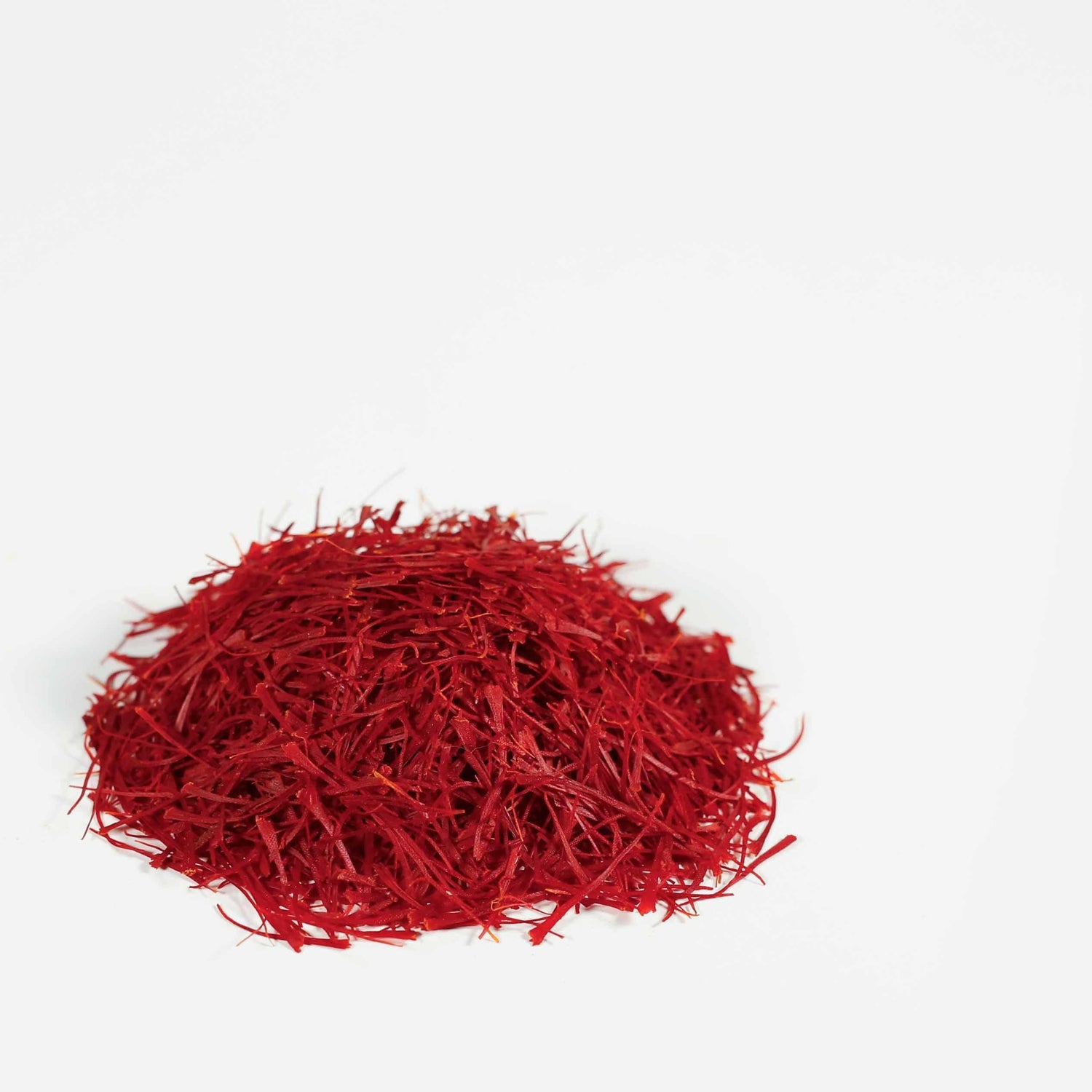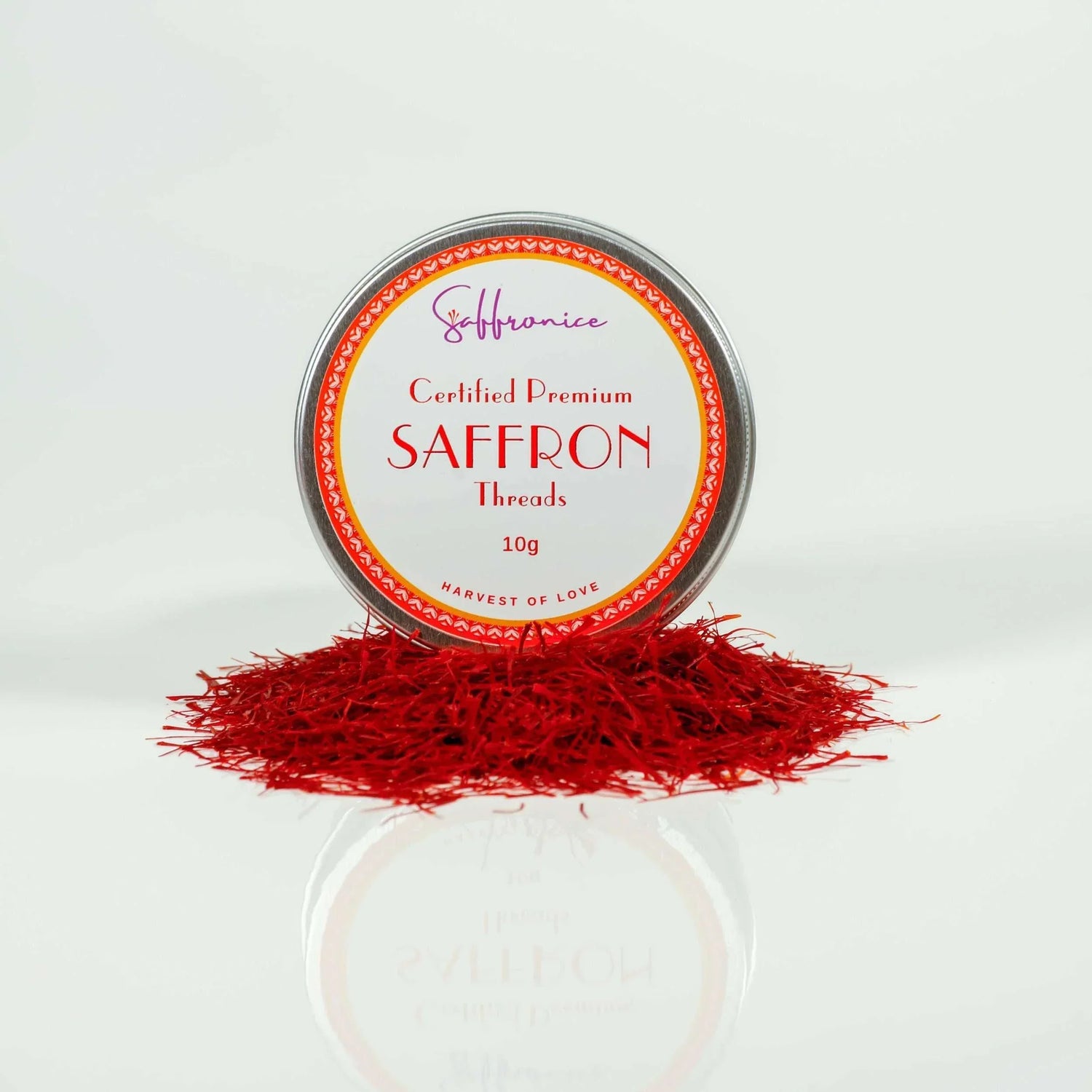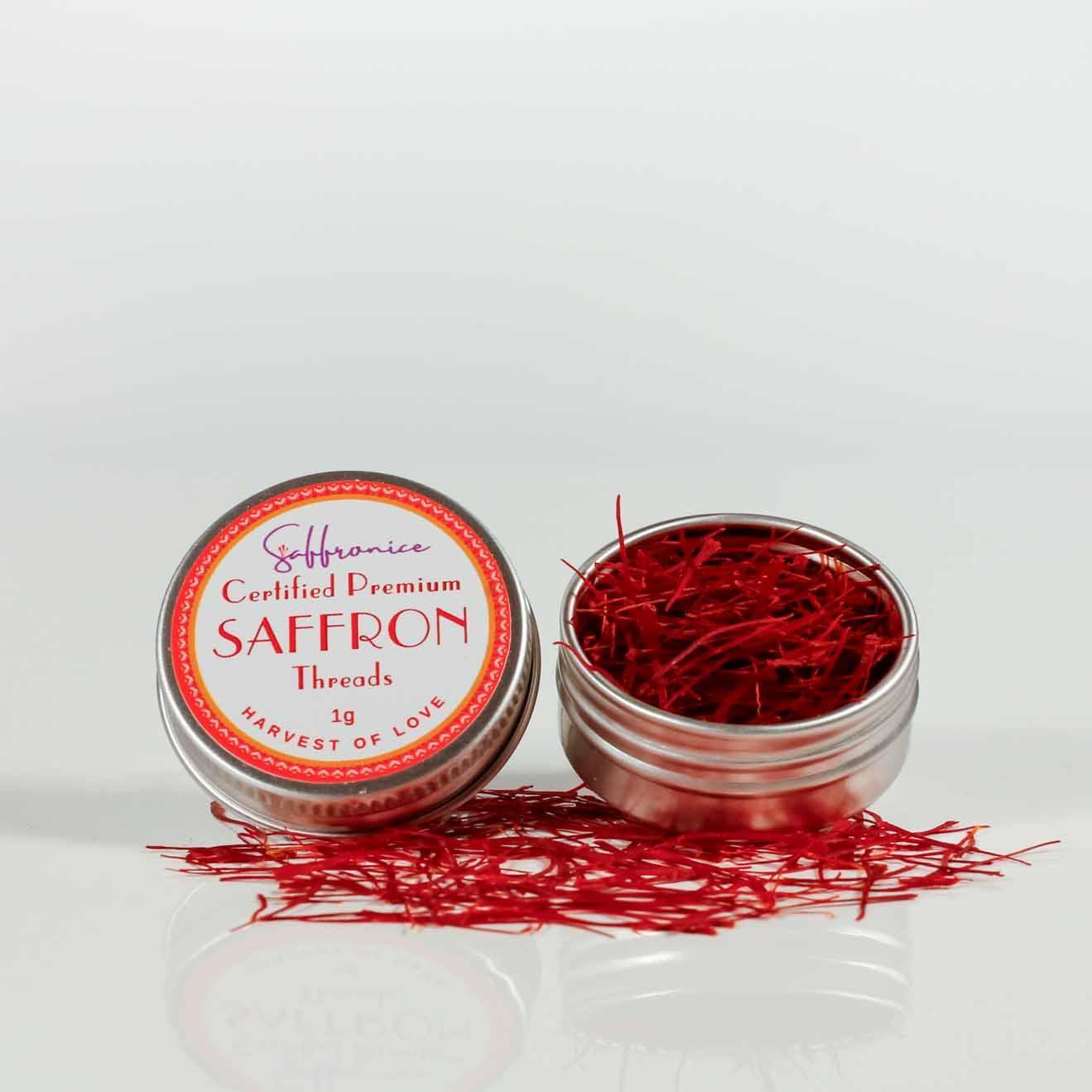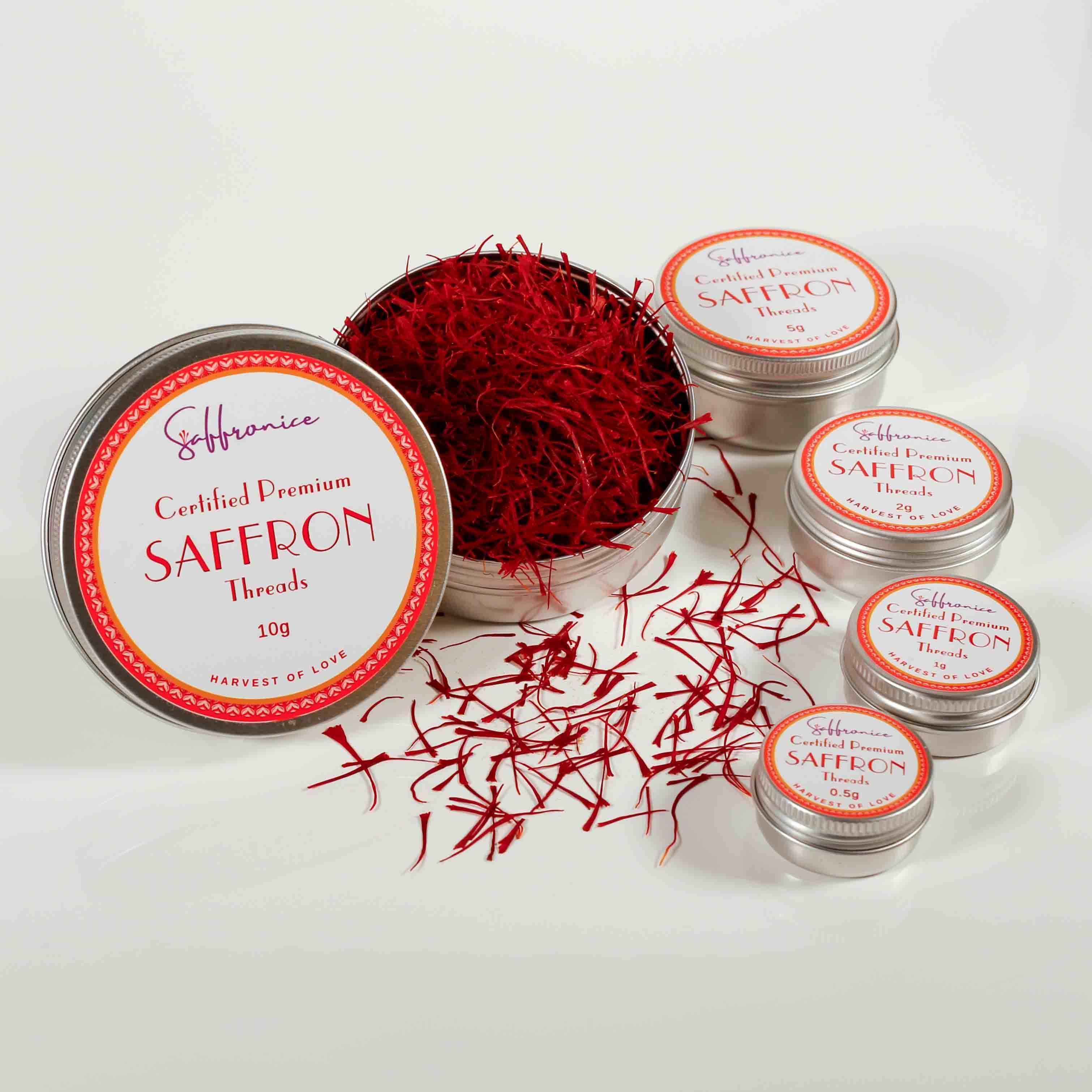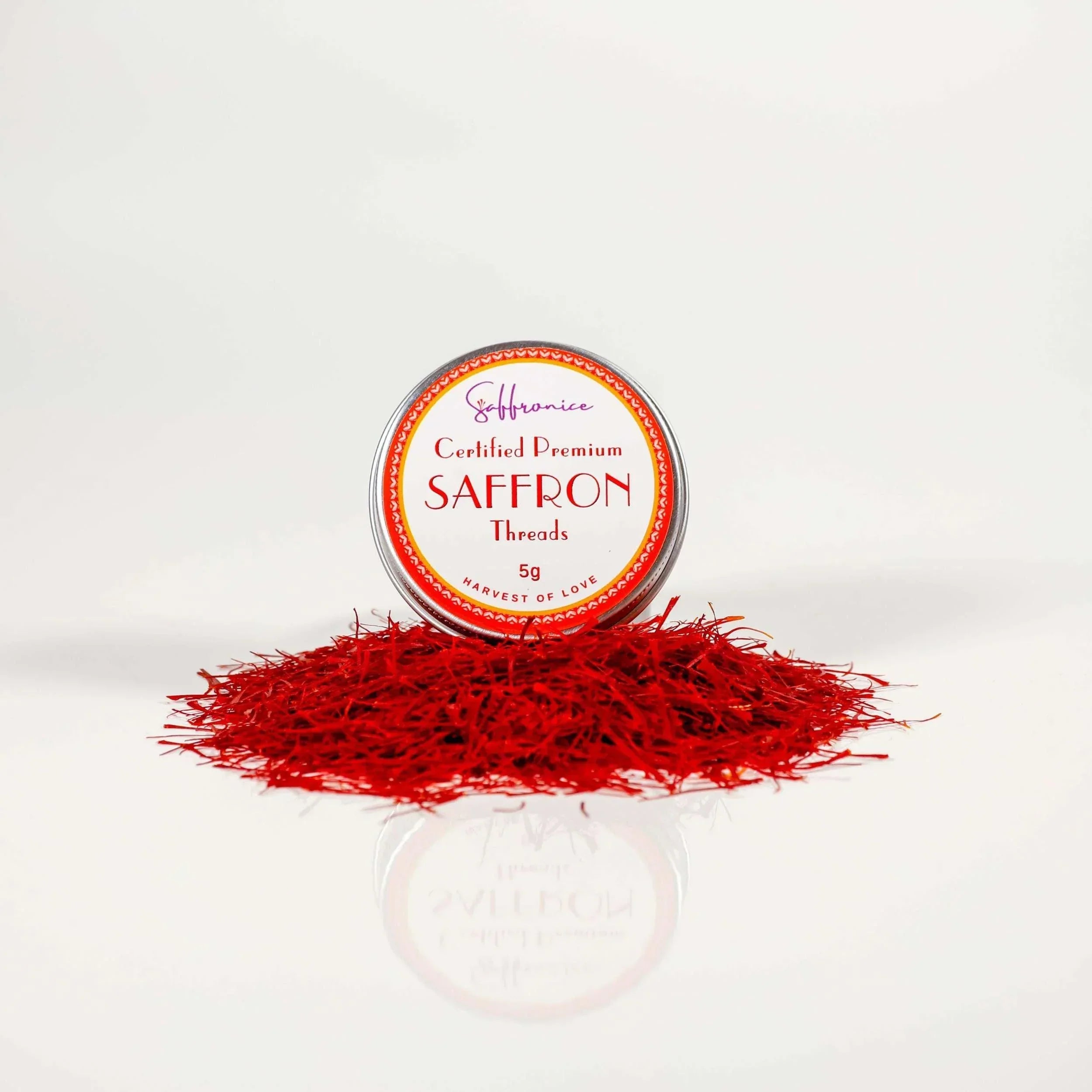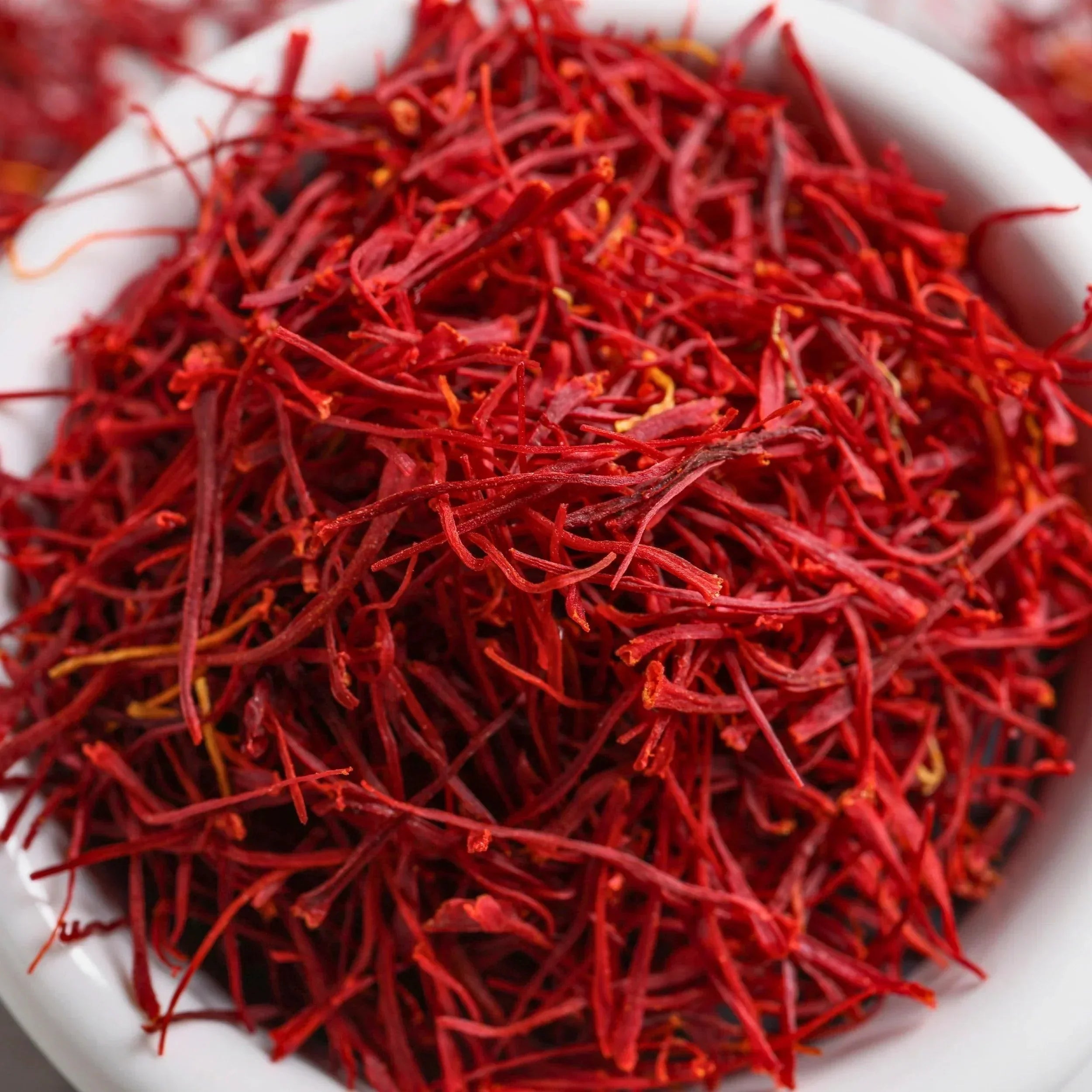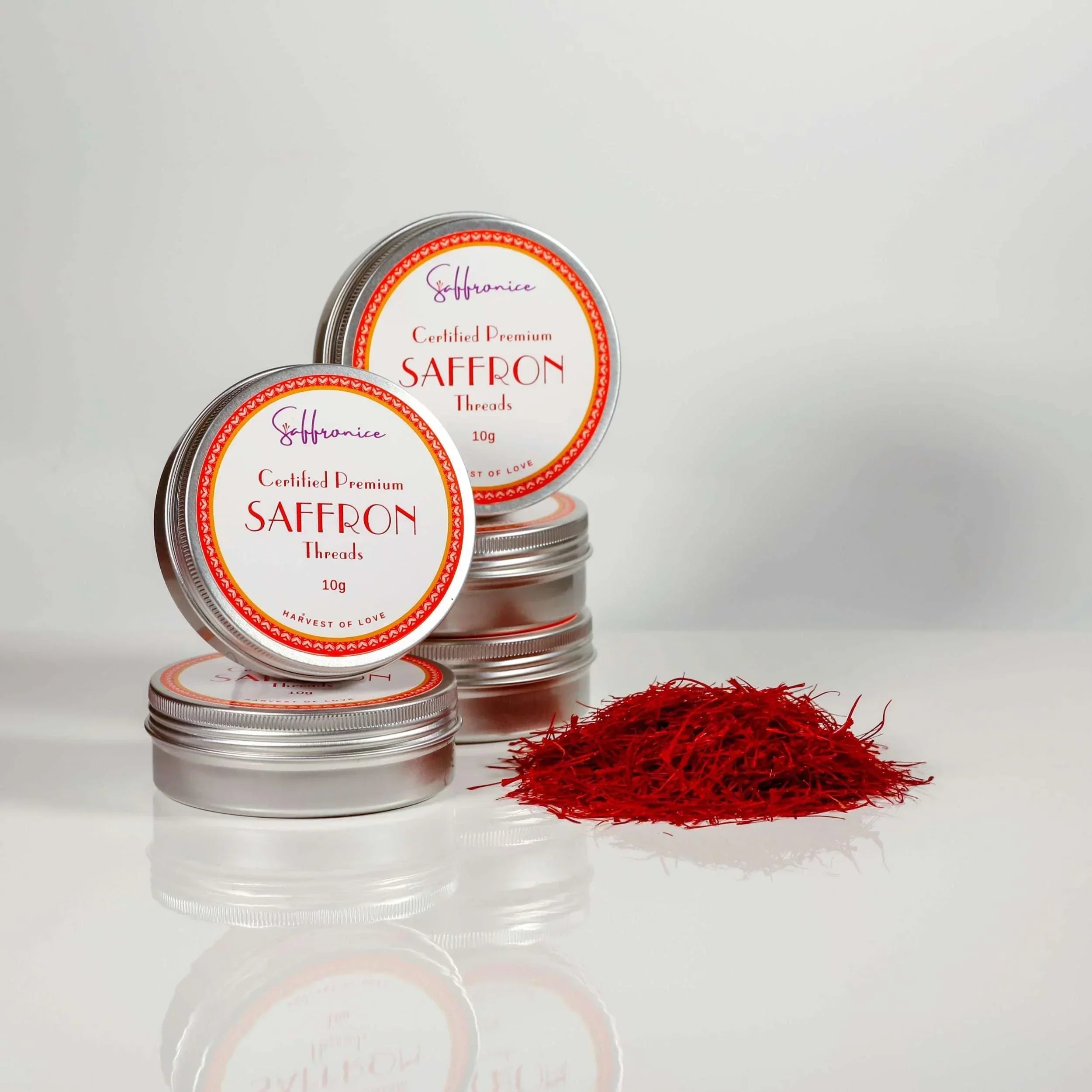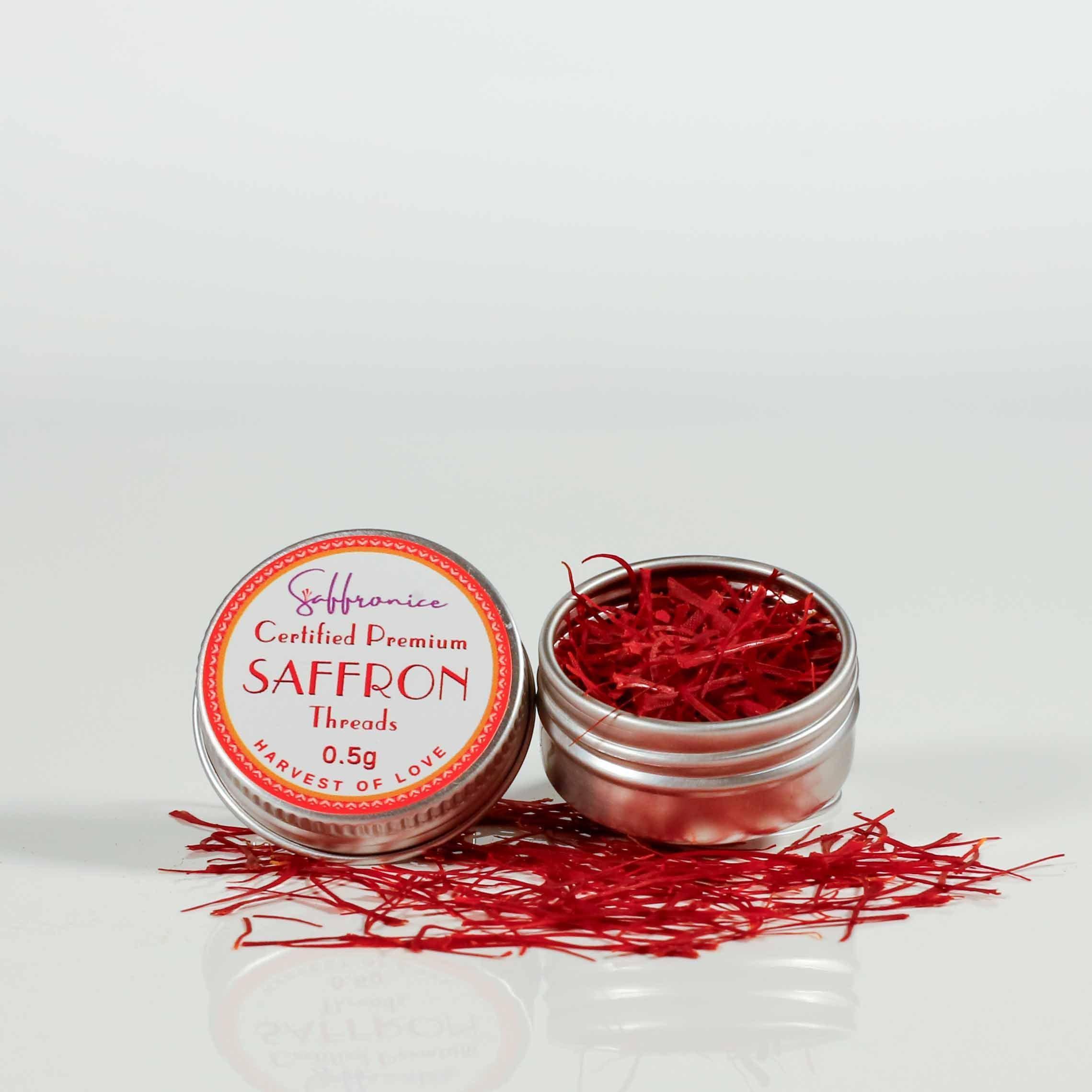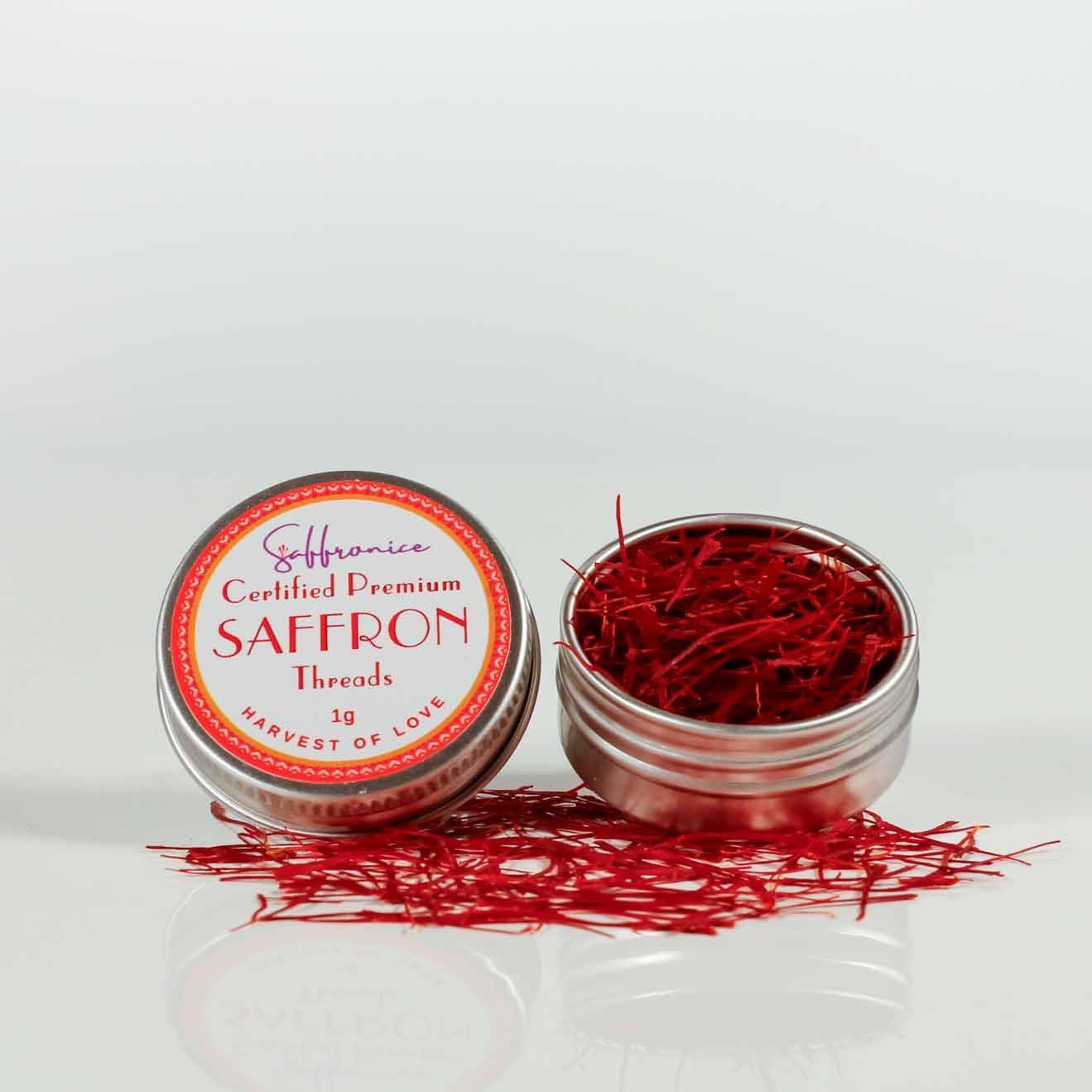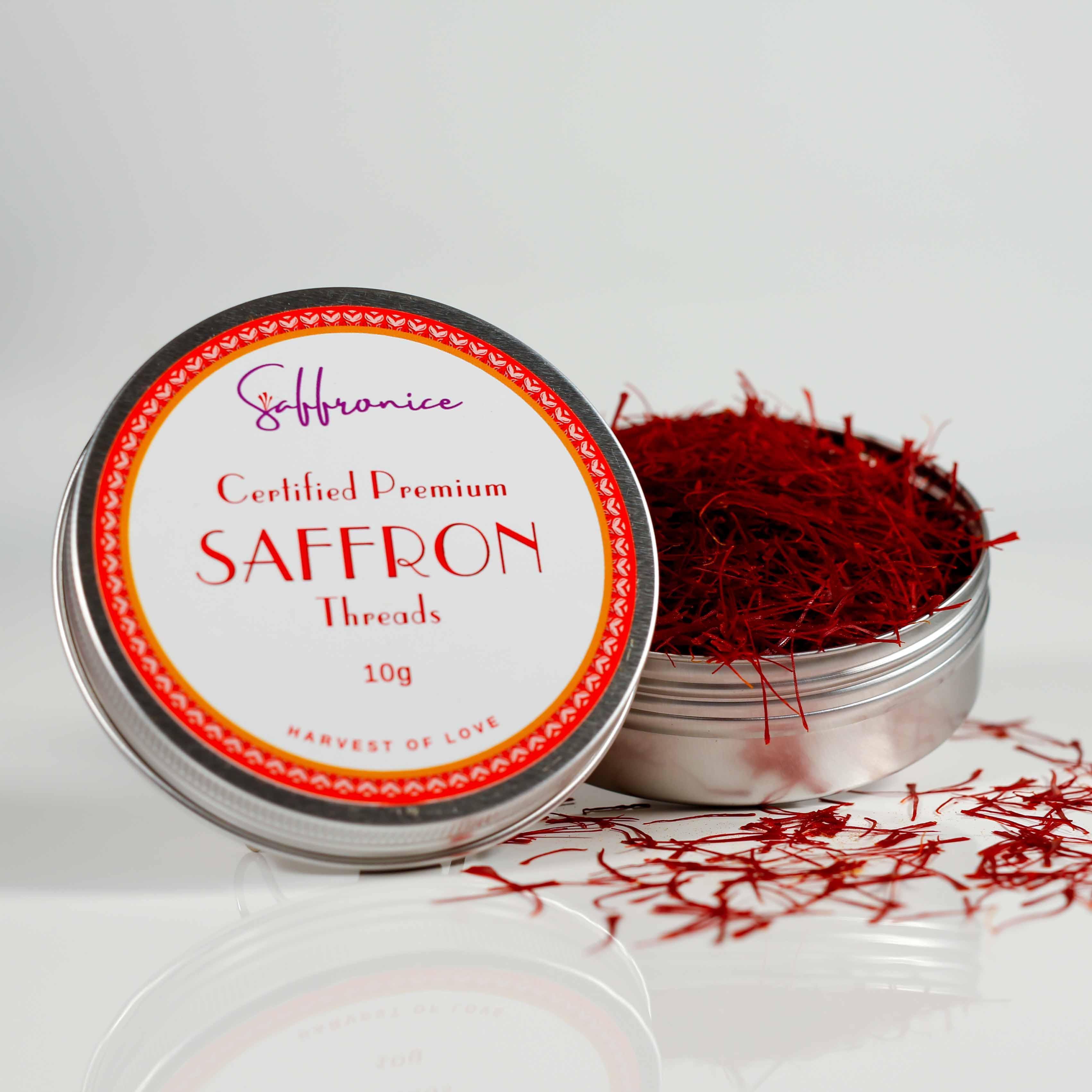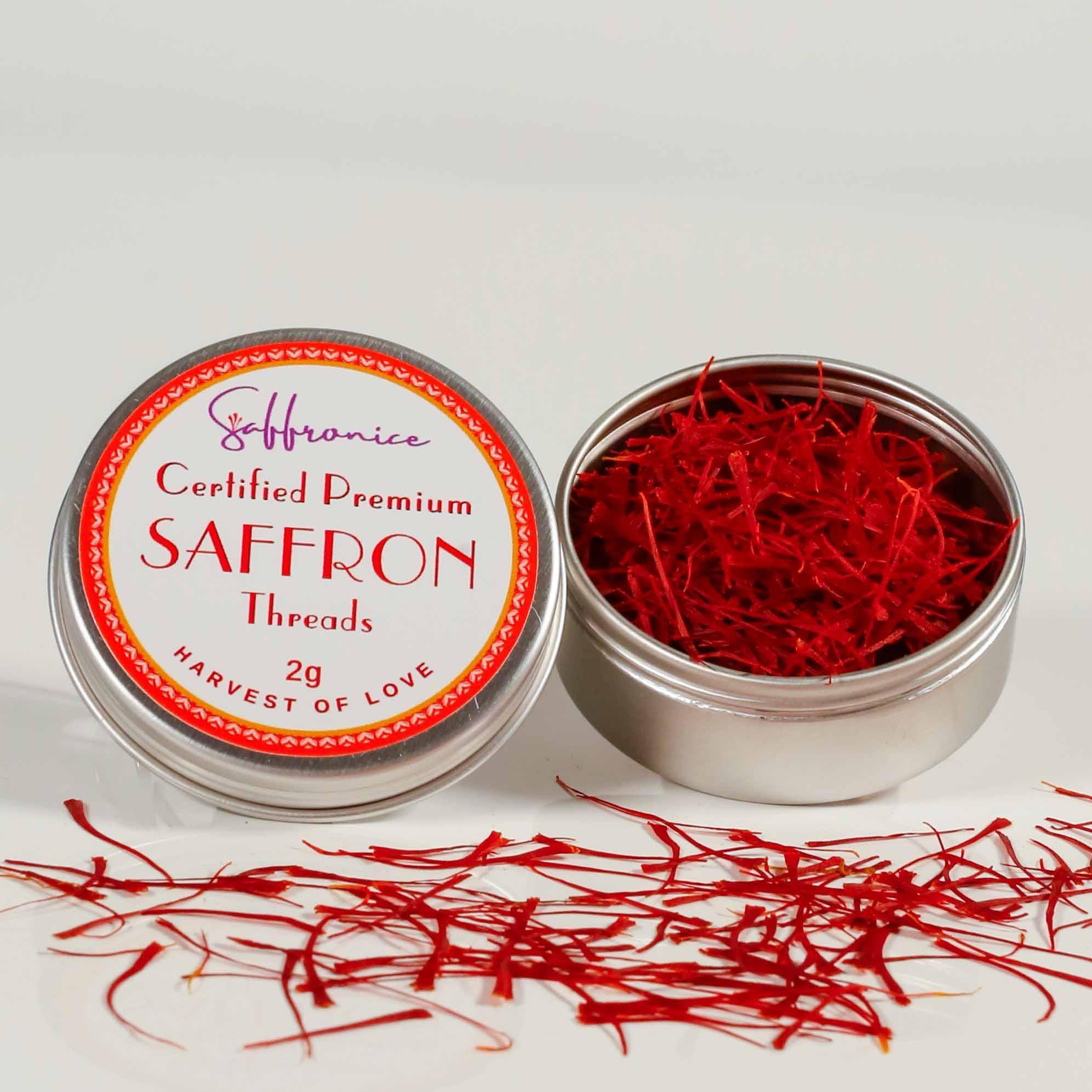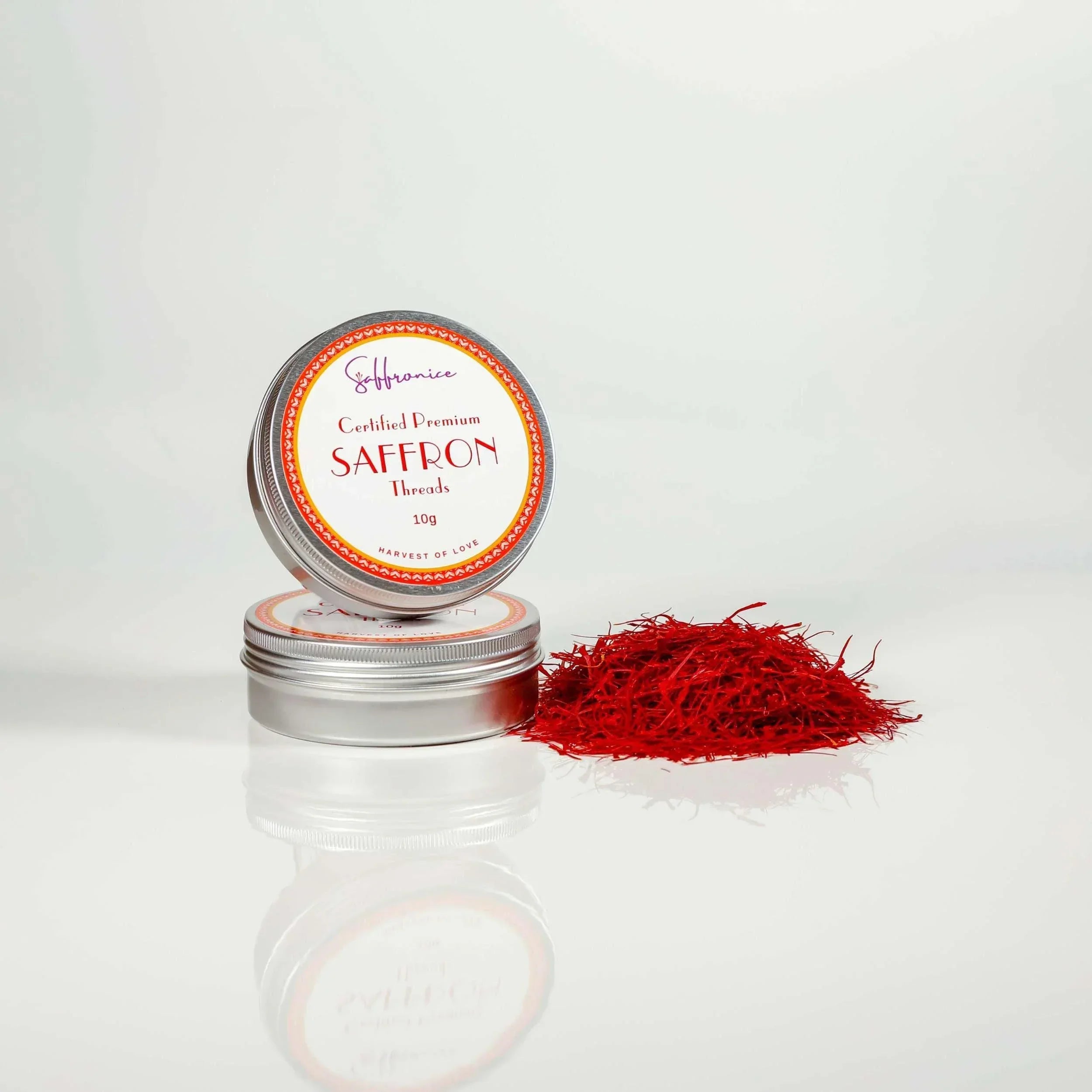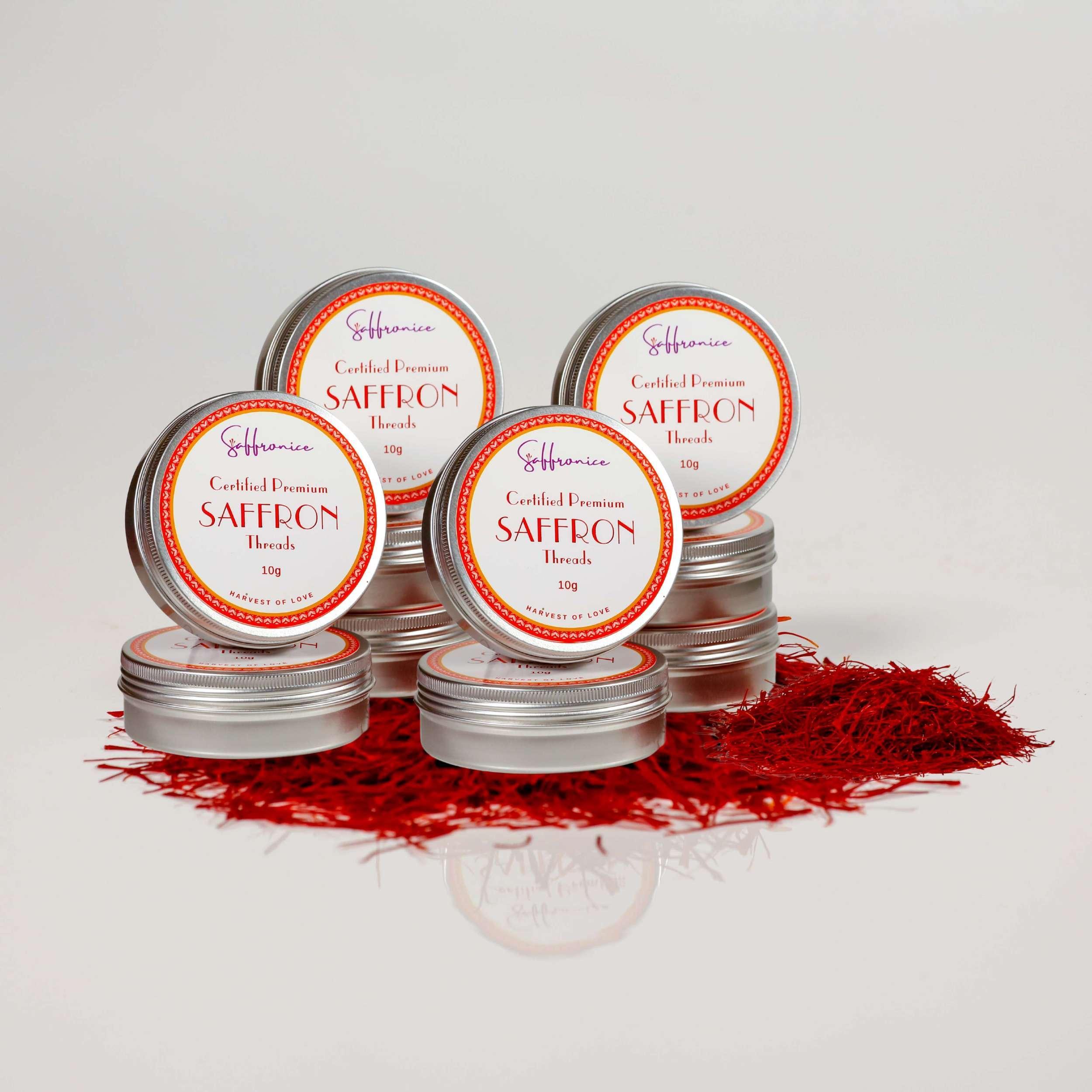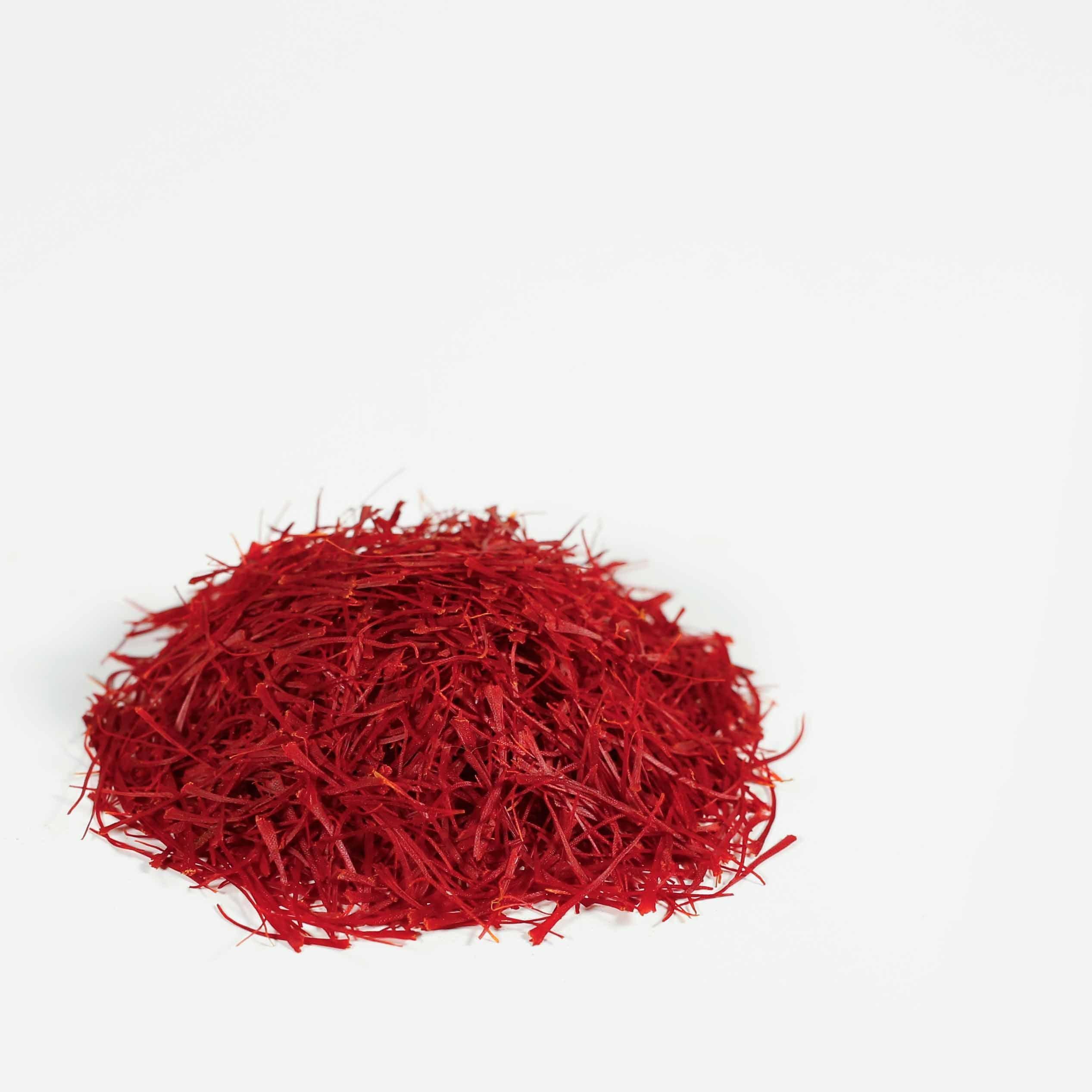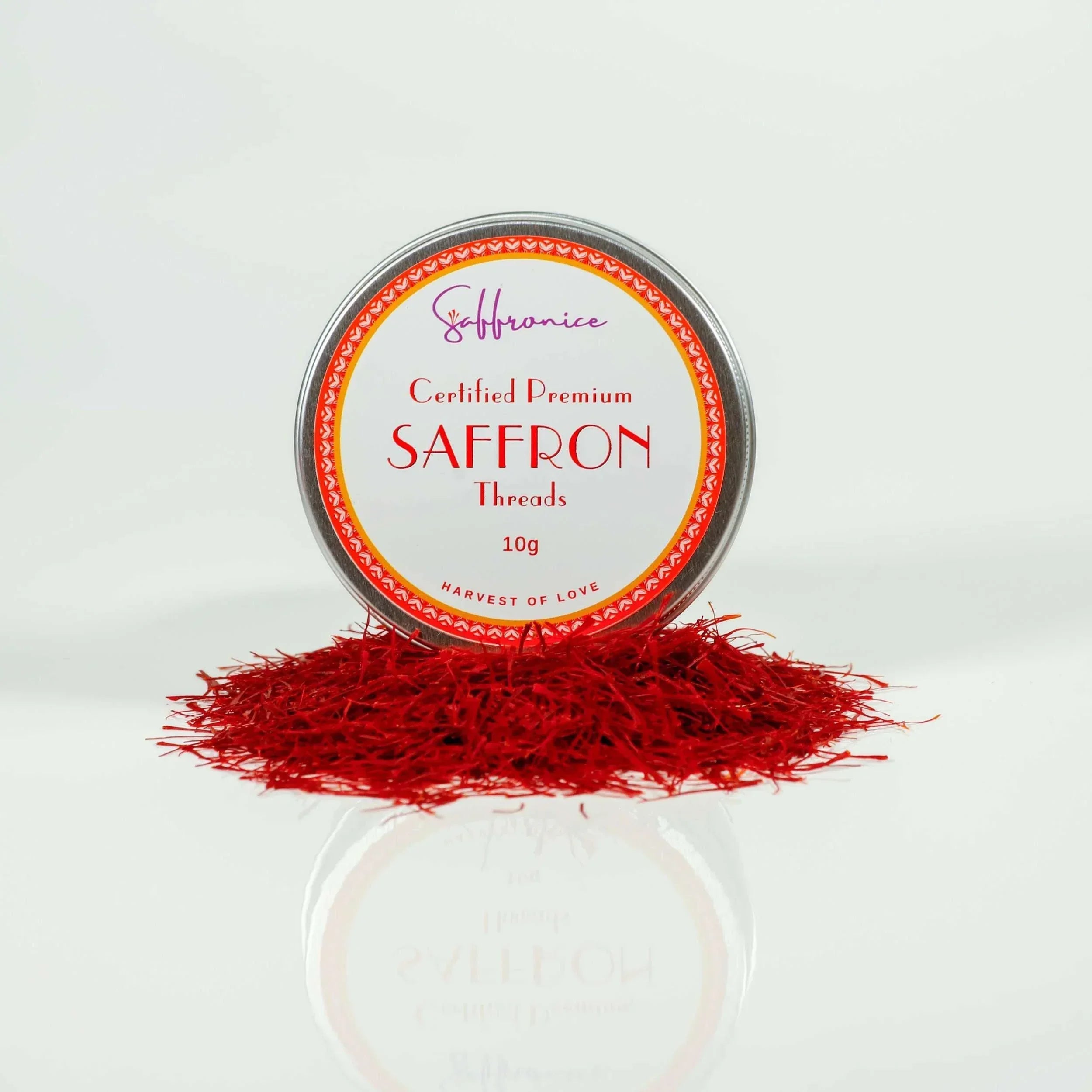The saffron color, derived from the vibrant threads of the saffron crocus, holds a rich significance in various cultures. Known for its warm and elegant hue, this color symbolizes purity and illumination across religions like Hinduism, Buddhism, and Sikhism.
Saffron is not just a visually striking color but also an invaluable spice with extensive culinary uses. Its unique flavor and aromatic qualities make it a prized ingredient in dishes worldwide. For those looking to master the art of using saffron in their culinary creations, explore this comprehensive guide on incorporating this golden spice into your cooking.

Understanding the Essence of Saffron Color
Saffron color, often referred to as saffron yellow, is a vibrant hue that exudes warmth and elegance. This unique color derives from the stigmas of the saffron crocus flower, specifically from the carotenoid chemical known as Crocin. It can range from a deep reddish-yellow to a more subdued golden yellow tone, depending on its concentration and the context in which it is used.
When comparing saffron with other shades like golden yellow and orange, its distinctiveness becomes apparent:
- Golden Yellow: This shade tends to be brighter and more consistent, lacking the reddish undertones that characterize saffron. It's often seen in elements such as gold jewelry or autumn leaves.
- Orange: Orange is more vivid and intense, with a higher red component than saffron yellow. It is commonly associated with fruit like oranges or pumpkins.
Saffron's uniqueness lies in its ability to blend these qualities, creating a warm yet sophisticated hue that stands out.
Color Coordinates
For those interested in the technical aspects of color, saffron's color code (hex triplet) is essential for digital design and artistic projects. The hex code for saffron is #F4C430. This code represents the exact shade of saffron yellow, ensuring consistency across various platforms and mediums.
The RGB values for this hex code are:
- R (Red): 244
- G (Green): 196
- B (Blue): 48
These values help in precisely replicating the saffron color in digital applications, making it easier for designers to incorporate this warm and elegant hue into their work.
Understanding these characteristics and comparisons allows you to appreciate the depth and versatility of saffron color. Whether you're using it in culinary creations, fashion, or interior design, recognizing its distinctiveness helps in making informed choices that highlight its unique appeal.

The Cultural Significance of Saffron Color
Symbolic Meanings in Different Religions
Saffron holds profound symbolic meanings in various religions:
- Hinduism: Represents purity, sacrifice, and quest for light. Commonly worn by monks and ascetics.
- Buddhism: Symbolizes illumination, renunciation of materialism, and spiritual strength.
- Sikhism: Denotes courage and selflessness.
Historical Context in Religious Practices
Throughout history, saffron has been a revered color in religious practices:
- Ancient texts and scriptures often reference saffron as a sacred color.
- Religious ceremonies and rituals frequently incorporate saffron-colored garments and decorations.
Role in Indian Culture and Festivals
In Indian culture, saffron plays an integral role:
- Prominent in festivals such as Diwali and Holi, symbolizing joy and celebration.
- Used in traditional attire like saris and turbans during significant cultural events.
"The deep saffron color is commonly worn by monks and ascetics in these religions."
Understanding the cultural significance of saffron color enriches its appreciation beyond its aesthetic appeal.

Shades and Tones: A Deeper Dive into Saffron Color
Identifying different shades of saffron color reveals its versatility. Saffron ranges from deep, rich orange-red to lighter, golden-yellow tones. Each shade has unique applications and cultural significances.
Differentiating Between Similar Colors
Saffron vs. Turmeric
While both spices produce vibrant colors, saffron has a reddish tone that sets it apart from the more yellow hue of turmeric. Here’s a closer look at their differences:
- Color:
- Saffron: Exhibits a rich reddish-orange color, adding a warm and luxurious hue to dishes.
- Turmeric: Offers a bright yellow color, often used to impart a golden tint.
- Source:
- Saffron: Derived from the dried stigmas of the Crocus sativus flower.
- Turmeric: Comes from the root of the Curcuma longa plant, part of the ginger family.
- Flavor Profile:
- Saffron: Has a subtle, slightly sweet flavor with earthy undertones.
- Turmeric: Possesses a pungent, bitter taste with hints of pepper and mustard.
- Cost and Availability:
- Saffron: Known as one of the most expensive spices due to labor-intensive harvesting methods.
- Turmeric: Much more affordable and widely available, commonly found in powdered form.
- Culinary Uses:
- Saffron: Frequently used in gourmet dishes such as paella, risotto, and various Middle Eastern recipes.
- Turmeric: A staple in Indian cooking, essential for curries, soups, and stews.
Understanding these distinctions can help you choose the right spice for your culinary needs and appreciate their unique contributions to flavor and color.
Unusual Colorations
While saffron is typically yellow-orange, there are rare instances where it may produce unexpected colors. For example, one user reported saffron coloring rice pink, suggesting possible adulteration or an entirely different substance.
Testing Saffron Authenticity
To ensure you're using real saffron:
- Soak a few threads in hot water for 10 minutes.
- Observe the diffusion process:
- Real saffron: Remains intact and evenly releases color.
- Fake saffron: Quickly bleeds an artificial red color and disintegrates.
Understanding these nuances helps in identifying authentic saffron and appreciating its full spectrum of shades and tones.

Saffron Through the Ages: A Historical Perspective
The historical significance of saffron color dates back over 4,000 years. The origins of the saffron crocus, the source of this exquisite spice, trace back to ancient Greece. Cultivated primarily in regions like Iran, India, and Greece, saffron has been a treasured commodity through centuries.
Origins and Cultivation History
- The saffron crocus (Crocus sativus) is believed to have first been domesticated in Crete.
- It takes approximately 80,000 flowers to produce just one pound of saffron, highlighting its value and labor-intensive cultivation process.
Use Throughout History
- Cuisine: Saffron has enriched dishes from Persian stews to Spanish paellas with its unique flavor and color.
- Art Forms: Ancient civilizations used saffron as a pigment for painting and dyeing textiles. Egyptian pharaohs were buried with robes dyed in saffron-infused colors.
This enduring legacy underscores saffron's significant role across cultures and time periods.
Psychological Effects: How Saffron Color Influences Us
Saffron color is not just visually striking; it also holds significant psychological influence. The warm, reddish-yellow hue often evokes feelings of warmth and comfort, making it a popular choice in interior design to create cozy and inviting spaces.
Psychological Associations
- Enlightenment and New Beginnings: Saffron color is widely associated with enlightenment and fresh starts. Its bright, warm tone suggests optimism and positivity, encouraging new ventures and perspectives.
- Mood Enhancement: The vibrant hue of saffron can uplift spirits and inject a sense of vitality into an environment. It's believed to help reduce feelings of anxiety and promote mental clarity.
Influence on Mood and Perception
- Warmth: Saffron's rich tones can make spaces feel more inviting and warm. This makes it ideal for living rooms, kitchens, or any area where comfort is paramount.
- Comfort: The color's deep, earthy undertones foster a sense of safety and security. It’s often used in therapeutic settings to help individuals feel more grounded.
By incorporating saffron color into your surroundings or even attire, you tap into its powerful ability to transform mood and perception, creating an atmosphere that feels both welcoming and invigorating.
Culinary Delights: Cooking with Saffron Color in Mind
How to Effectively Use Saffron for Maximum Flavor and Color Infusion
To get the best results when using saffron, it's important to know how it works. Soaking saffron threads before adding them to your dish is crucial. Just soak a few threads in warm water, broth, or milk for about 10-15 minutes. This process allows the saffron to release its vibrant color and rich flavor evenly throughout your dish, whether you’re preparing a classic saffron risotto or a luxurious dessert.
Recipes Featuring Saffron
Add this prized spice into various recipes to elevate your culinary creations:
- Saffron Risotto: Infuse your risotto with soaked saffron threads for a golden hue and a delicate flavor. Combine with Parmesan cheese and white wine for an exquisite dish.
- Paella: Traditional Spanish paella gets its signature color and taste from saffron. Add the soaked threads to your broth before simmering with rice, seafood, and vegetables.
- Saffron Ice Cream: Create a unique dessert by blending soaked saffron into your ice cream base, adding both color and an exotic floral note.
Identifying High-Quality Saffron
Quality matters when it comes to saffron. Look for threads that are deep red in color. When steeped in hot water, genuine saffron should gradually release a golden hue over 10-15 minutes. If the color bleeds out quickly or appears artificial, it may not be authentic.
Saffron vs. Food Coloring
Unlike artificial food coloring, which merely adds color without any flavor benefits, saffron is a natural spice that enhances both the appearance and taste of your dishes. Opt for saffron to enjoy its full spectrum of benefits while maintaining authenticity in your cooking.
Understanding how to use and identify high-quality saffron can significantly enhance your culinary experiences, providing both aesthetic appeal and rich flavors that artificial additives simply cannot match.

Tips for Using Saffron in Cooking Like a Pro
Achieving optimal results in cooking with saffron requires a few best practices:
1. Preparation
Use a pinch of saffron threads, roughly 20 strands, for most recipes. To release its full flavor and color, grind the threads using a mortar and pestle before soaking them in warm water or milk.
2. Utilization
Add the soaked saffron to your dish towards the end of cooking to preserve its delicate aroma and vibrant hue.
Comparing saffron to turmeric:
- Color: While both can produce similar yellow-orange colors, saffron has a more reddish tone compared to turmeric’s brighter yellow.
- Flavor and Aroma: Saffron boasts a distinct, slightly sweet taste and a unique floral aroma, setting it apart from turmeric's earthy and bitter profile.
Understanding these differences ensures you use each spice effectively to enhance your culinary creations.
Why You Should Use Saffron Color in Your Life
Learning about saffron's history and significance can greatly enhance our lives, linking us to a rich cultural heritage and exceptional cuisine.
1. Cultural Importance
Understanding the cultural importance of saffron color helps us appreciate its symbolic meanings in different traditions.
2. Quality is Key
Opting for premium saffron threads guarantees superior taste, vivid color, and genuine cultural representation in your cooking.
Using saffron color in your life brings warmth and sophistication, elevating both your taste buds and your soul.

FAQs (Frequently Asked Questions)
What is saffron color and why is it significant in various cultures?
Saffron color is characterized by its warm, golden yellow tone, which symbolizes warmth and elegance. It holds significant cultural importance in various religions, including Hinduism, Buddhism, and Sikhism, representing purity and illumination. Historically, saffron has been revered in religious practices and plays a vital role in Indian culture and festivals.
How can I differentiate between saffron color and similar shades?
Saffron color can be identified by its unique golden yellow tone that sets it apart from other shades like golden yellow and orange. To differentiate between similar colors such as turmeric and saffron, one should consider both the hue and the context of use, as saffron tends to have a more vibrant quality.
What are some psychological effects associated with saffron color?
Saffron color is often associated with feelings of enlightenment and new beginnings. Its vibrant hue can evoke warmth and comfort, influencing our mood and perception positively. Understanding these associations can help individuals embrace the uplifting qualities of saffron in their daily lives.
How can I tell if saffron is high quality based on its color?
High-quality saffron threads should exhibit a deep red color. When steeped in water, genuine saffron will gradually release a golden hue over a period of 10-15 minutes. If the threads bleed out an artificial red color quickly or disintegrate, they may be of inferior quality.
Can saffron produce unexpected colors when used in cooking?
No, real saffron will only produce yellow to reddish colors, depending on how much has been used. If you experience any other colors outside of these shades you may have fake saffron.
Is saffron the same as food coloring?
No, saffron is not the same as food coloring. Saffron is a natural spice derived from the saffron crocus flower and offers both flavor and coloring properties. In contrast, food coloring is an artificial additive that lacks the complex taste profile that comes with using real saffron.


